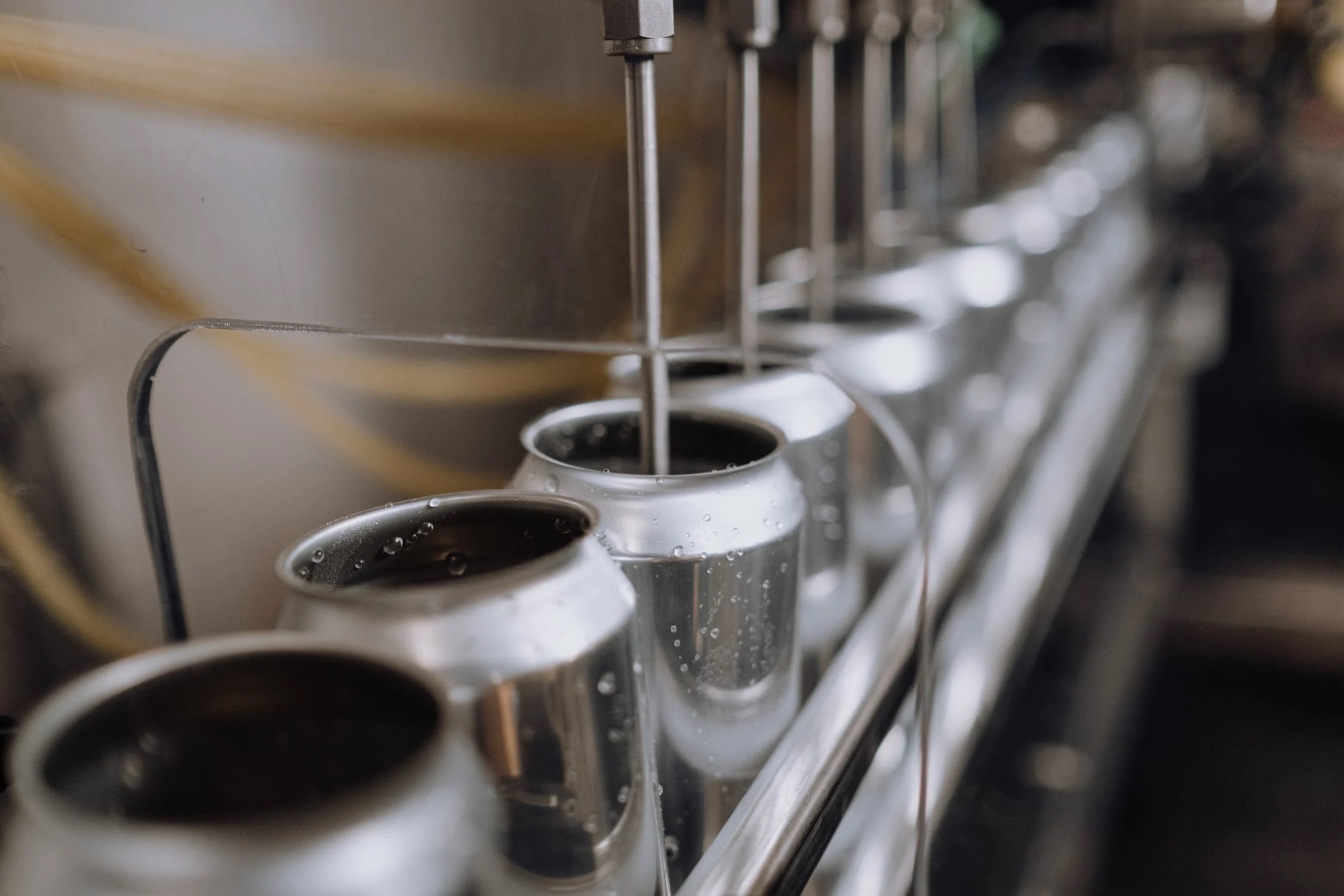
The fourth industrial revolution, also known as Industry 4.0, is a seismic shift in how factories operate. While earlier industrial revolutions tended to be driven by new machinery, Industry 4.0 is characterized by the rise of connected devices, automation, and data analytics. These technological advances are radically transforming modern factories, turning them into highly adaptable and efficient facilities capable of producing customized products faster and more affordably than ever before. But what does Industry 4.0 mean for traditional factories? Do they have to adapt or face the risk of being left behind in a world of smart, data-driven factories? These are some of the questions this blog post will explore, as well as defining what Industry 4.0 is and some of its key benefits for factories of different kinds.
Industry 4.0 is the next generation of manufacturing that focuses on connecting the various aspects of production in real-time. It features intelligent machines that can communicate with each other, collect and analyze data from different sources to find the most efficient ways to produce products, and leverage digital technologies, like the Internet of Things (IoT), artificial intelligence (AI), and 3D printing among others, to drive innovation.
So what are some of the advantages of Industry 4.0 in the world of factories? And what impact will Industry 4.0 have on traditional factories, both from a positive and negative perspective? Here’s a rundown of some of the key points.
Advantages of Industry 4.0 for Factories
With Industry 4.0, factories can now enjoy the benefits of increased efficiency, reduced production costs, higher quality products, shorter cycle times, and improved customer satisfaction. One of the main advantages of Industry 4.0 is that connected machines and processes allow manufacturers to identify inefficiencies before they become actual problems, enabling them to address them before they impact production. Additionally, Industry 4.0-powered factories can continuously monitor and adapt to the needs of their customers, ensuring that production meets demand in real-time.
It’s important to note that some of the current machinery of traditional factories is still important and usable in the context of Industry 4.0. Highly respected companies such as Kollmorgen are staying ahead of the Industry 4.0 trend, supplying parts that suit the machinery in evolving factories.
To keep up with Industry 4.0, traditional factories also need to implement several key pieces of machinery and technology:
- Internet of Things (IoT) Devices: These are interconnected devices that can gather and share data. IoT devices, such as sensors and smart meters, are crucial for real-time monitoring and control of factory operations.
- Industrial Robots: Automated machines capable of executing tasks with a high degree of precision. Robots can significantly reduce manual intervention, thereby increasing efficiency and productivity.
- Additive Manufacturing Equipment (3D Printers): These machines allow for rapid prototyping and production of complex components, leading to shorter production times and cost savings.
- Artificial Intelligence (AI) and Machine Learning (ML) Systems: AI and ML can analyze the vast amounts of data generated by IoT devices to identify trends, predict failures, and optimize processes.
- Cyber-Physical Systems (CPS): These are integrations of computation, networking, and physical processes. CPS allow for the monitoring and controlling of physical processes with a feedback loop where physical processes affect computations and vice versa.
- Cloud Computing Resources: Cloud computing enables the storage and analysis of large amounts of data, providing the necessary infrastructure for Big Data analytics.
By incorporating these technologies, factories can position themselves to fully embrace the benefits of Industry 4.0.
Impact of Industry 4.0 on Traditional Factories
Traditional factories that have not yet adopted Industry 4.0 technologies run the risk of becoming obsolete and losing their competitive edge. The biggest challenge traditional factories face in adopting Industry 4.0 technologies is often the cost of upgrading legacy machinery and shifting internal processes to meet new operational requirements.
However, traditional factories can still leverage Industry 4.0 technologies to improve their operations, stay competitive and catch up to the competition. For instance, they can implement IoT devices and data analytics to monitor and manage their equipment and processes better. They can also deploy robotics and automation technologies to reduce production costs, speed up production cycles, and improve product quality.
Industry 4.0 can pose some unique challenges to companies that wish to adopt its various facets. One of the major challenges is identifying the right technological mix and addressing any data security concerns that may arise with extensive data collection. Additionally, implementing Industry 4.0 requires organizations to have the necessary skills and resources to manage the new technologies effectively. Many companies may need to reskill or upskill their workforce to meet the new skills and knowledge demands.
As the world becomes more connected and consumers demand better products faster, the impact of Industry 4.0 on factories will only become more apparent. The future is likely to be one that features increasingly dynamic factories that respond to change in real-time and that can quickly and efficiently adjust their production to meet customer demand. With the data analytics power of Industry 4.0, companies can also have the ability to predict and pre-emptively address problems within the manufacturing process and remove product defects before they enter the assembly line.
Industry 4.0 is shifting the way factories operate in a once-in-a-generation way. While it is undoubtedly bringing great advantages to smart factories, traditional manufacturing companies now need to adapt to remain competitive and relevant. These companies can start by implementing some of the technologies and processes that fall under the Industry 4.0 umbrella, such as IoT devices, data analytics, automation, and robotics. Failure to do so will leave traditional factories at a disadvantage and risk becoming obsolete as Industry 4.0-powered factories continue to refine and improve their operations. Ultimately, Industry 4.0 presents an opportunity for any factory owner to assess and optimize their business, enabling them to streamline their processes, improve production quality, and drive revenue growth.
